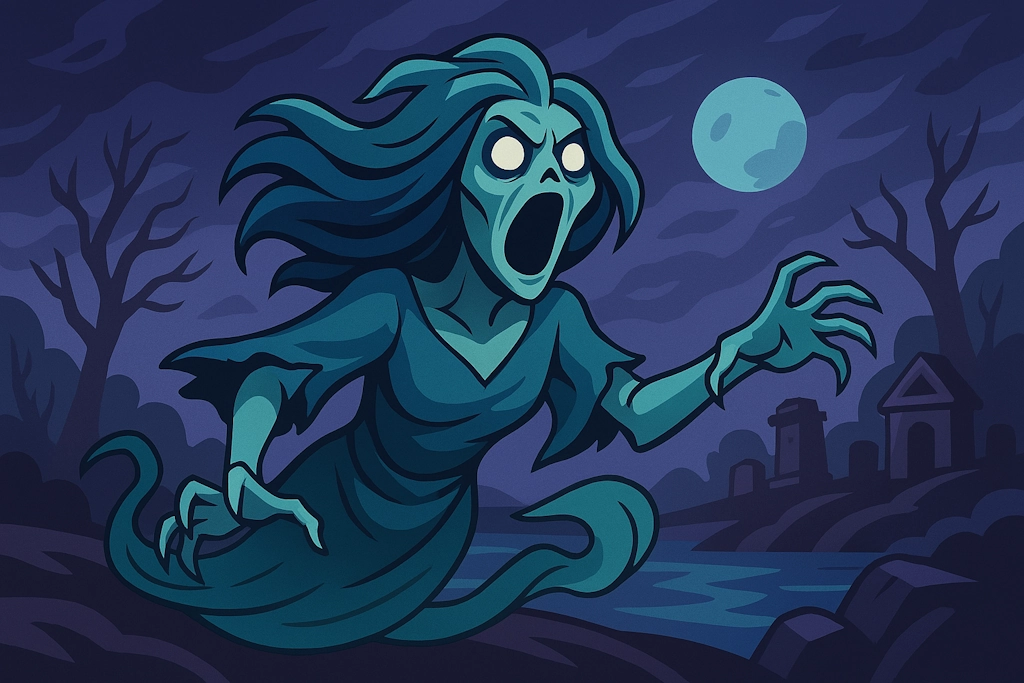♂️Banshee Names(Male)
Generate names for wailing spirits and harbingers of doom from Celtic folklore.
Choose your style:

Banshee Names
Generate names for wailing spirits and harbingers of doom from Celtic folklore.
Example Banshee Names
Get inspired by these sample results
- Siobhan, Harbinger of Shadows
- Caoimhe, Weeper of Sorrow
- Niamh, Keeper of Night
- Aodhan, Seer of Mist
- Eithne, Dirge of Whispers
- Fionn, Herald of Tears
- Cliodhna, Lament of Wind
- Fearghus, Foreteller of Void
- Aoife, Griever of Shadow
- Morrigan, Wail of Night
